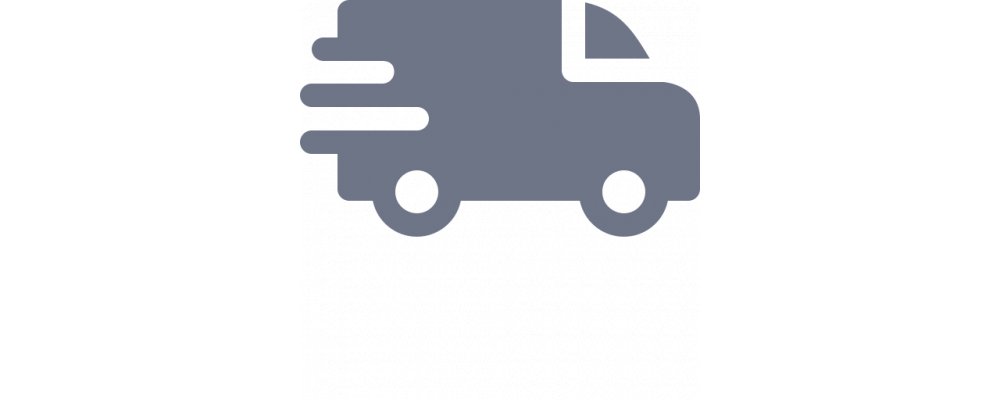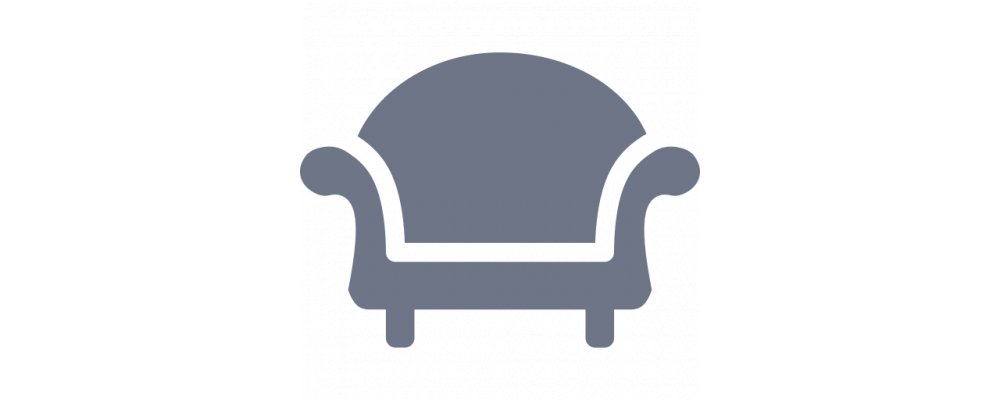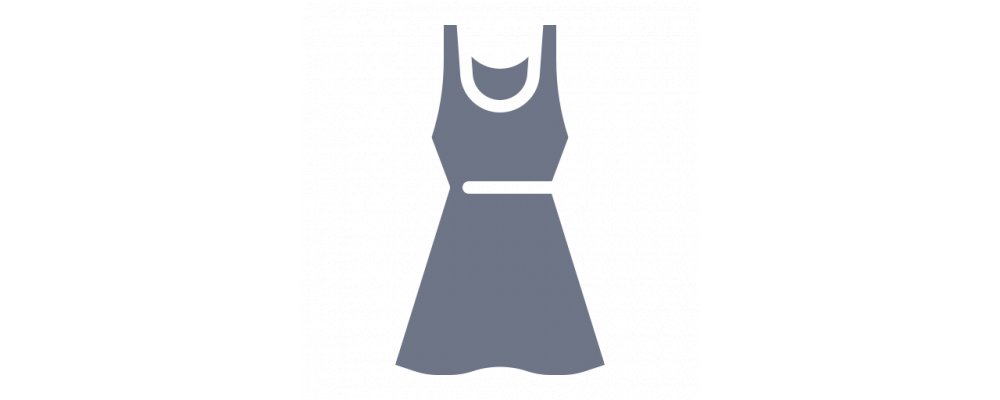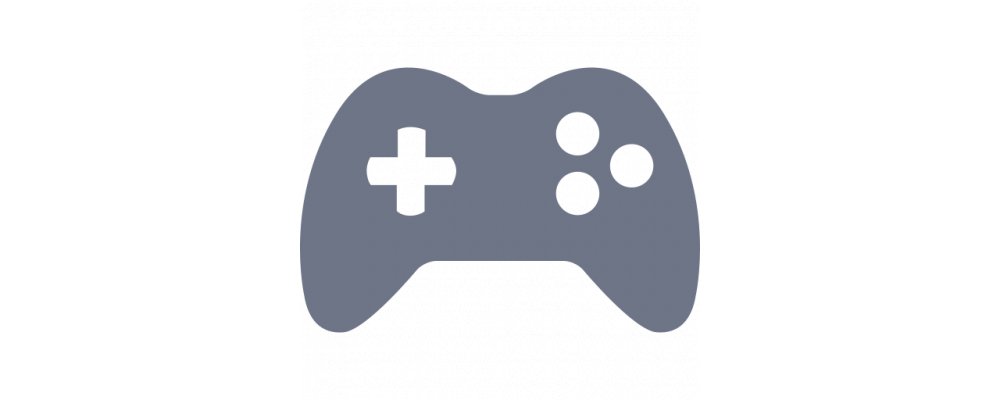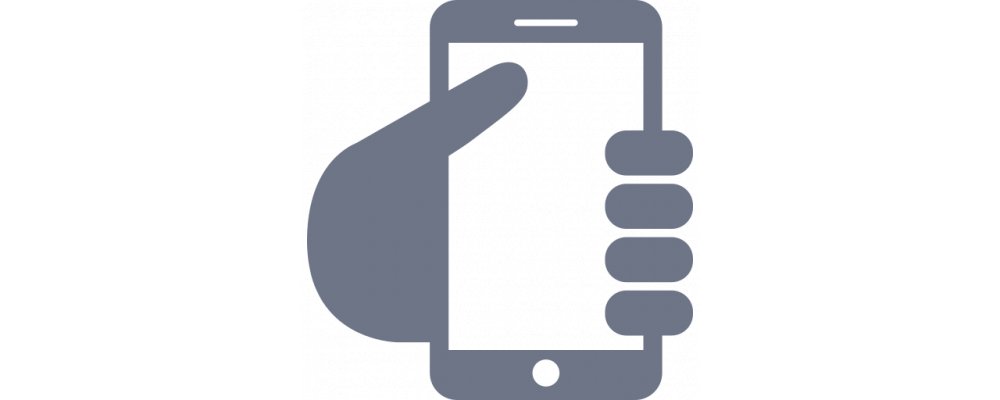Fairy tales and stories (in a case)
The complete collection of fairy tales and stories of H. -K. Prepared according to the principles of the series "Monuments of World Culture". Large format, fabric binding, book in a dust jacket and gift box, coated paper, 864 pages, about 2000 color and black-and-white illustrations, high-quality European printing (Italy). The book is illustrated with works of world painting, illustrations from the best publications of the XIX-XX centuries in Russian and European languages. Fairy tales and stories of H.-K. Andersen are universally recognized masterpieces of world literature. This book is intended for a wide range of readers. Andersen's fairy tales are an integral part of the children's world, the children's universe of modern times. Folklore fairy tales, like the fairy tales of Charles Perrault and the brothers Grimm, are an old, kind, scary world, similar to a dense forest with bright glades. And Andersen's fairy tales are the world of a toy town built from children's colorful cubes. Apparently, a child needs such a world on the way to the fabulous world of life. Hans Christian Andersen himself did not live a fairy-tale life at all, although he called the book about it "The Fairy Tale of My Life". And to those who have not read this book and do not know the biography of the author, it may seem that Andersen's life was a fairy tale about the son of a poor laundress who, thanks to his talent, became a famous writer. This is how she seemed to Andersen himself, this is how he wanted to imagine her to himself and others. In fact, it was a difficult, unnatural life, full of humiliation and self-deception, and its result was 50 volumes of essays forgotten immediately after the author's death. And there was also a collection of fairy tales. And, of course, the most important of them is "The Tale of the Ugly Duckling". This duckling was not like the others at all; he was considered a failure and they wanted to remake him, the poor thing was pecked, pinched, pushed, showered with ridicule, they drove everything and called him ugly. And he, really very ugly, turned around and awkwardly bowed as best he could, trying to please and somehow earn leniency and please with something, but instead he just got in the way, knocked over milk pans, got into a tub of butter, and from there into a barrel of flour. Poor duckling, how much he had to endure, almost as much as the author himself. The duckling became a swan, because a fairy tale should have a happy ending, that's why it's a fairy tale and that's its purpose and meaning - to inspire hope, even a shadow of hope. . . Andersen's best fairy tales are about this. Thumbelina's hopes are fulfilled: having happily escaped life in a mole's hole, she flies away to the land of flowers and light, where a handsome prince is waiting for her. Having overcome all the difficulties, Gerda from the "Snow Queen" finds her happiness, which means that Kai, who was returned from the ice captivity by her, freed from a fragment of a crooked mirror, will also be happy. Maybe the ghost of happiness also appeared to the dying Andersen. How difficult and unnatural his life was, but who of the Danes is known in the world? Hamlet, Prince of Denmark, famous for Shakespeare's tragic narrative, and Hans...
No reviews found




